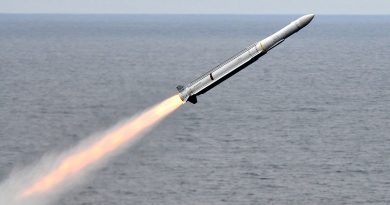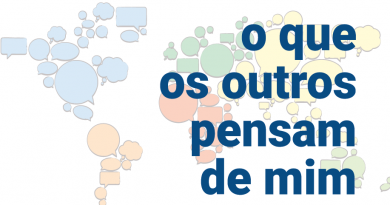Publication | Article “South Atlantic Creole Archipelagos”
CEI researcher Gerhard Seibert has just published the article ‘South Atlantic Creole Archipelagos’, in the ‘Oxford Bibliographies in Atlantic History’.
About the article
In 2020 Cabo Verde (1557 sq. miles) and São Tomé and Príncipe (621 sq. miles) had a resident population of 556,857 and 210,240 respectively. Both archipelagos were uninhabited when they were settled by Portuguese colonists and African slaves in the second half of the 15th century. The coexistence of Europeans and Africans resulted in the emergence of Creole societies. Due to their differences in geographic position and climate, they developed unequally in economic terms. Santiago, the first of the Cabo Verde Islands to be settled, became a commercial hub for the slave trade from the Upper Guinea coast. São Tomé was also engaged in the slave trade, but in the 16th century established the first tropical plantation economy based on sugar and slave labor. In the 17th century, both archipelagos were affected by economic and demographic decline. Economic recovery did not occur before the mid-19th century. The British established a coal supply station for transatlantic steam shipping in São Vicente, while, enabled by the introduction of coffee and cocoa, the Portuguese reestablished the plantation economy in São Tomé and Príncipe. After the abolition of slavery in 1875 the workforce was composed of contract workers from Angola, Cabo Verde, and Mozambique. As a result, São Tomé and Príncipe became marked by immigration for almost a century. In contrast, pushed by famines and misery, a massive emigration from Cabo Verde began in the 19th century, a feature that has marked the archipelago’s society and identity until the early 21st century. The first anticolonial groups in exile appeared in the late 1950s. An armed liberation struggle in the islands was not possible; however, a group of Cabo Verdeans participated in the armed struggle in Portuguese Guinea. Most prominent among them was Amílcar Cabral (b. 1924–d. 1973). After independence in 1975 the two countries became socialist one-party regimes. In 1990 both archipelagos introduced multiparty democracies with semipresidential regimes. Creole communities also developed in the Gulf of Guinea islands of Bioko (779 square miles) and Annobón (6.5 sq. miles), which belonged to Portugal until 1778 when they became part of Spanish Guinea which subsequently, in 1968, gained independence as Equatorial Guinea. In the 16th century the uninhabited island of Annobón was settled by the Portuguese with African slaves. As a result, the island’s early-21st-century 5,300 inhabitants speak a Portuguese-based Creole, Fá d’Ambó. Bioko (Fernando Po), was the only Gulf of Guinea Island with a native population, the Bubi, and therefore the Portuguese never colonized this island. From 1827–1843 the British navy maintained an antislaving station called Port Clarence (modern Malabo) in Fernando Po. The British recruited workers from Freetown in Sierra Leone, which was the beginning of the development of the Fernandinos, a local Creole community that speaks an English-based Creole language known as Pichi, which is closely related to Krio in Sierra Leone. Currently, there are still about thirty Fernandino families, comprising some 350 people; however, Pichi is spoken by an estimated 150,000 people, since it also became Bioko’s lingua franca spoken by the Bubi majority.
Access the full article here.
![]() This work is licensed under a Creative Commons Attribution-NonCommercial-ShareAlike 4.0 International License.
This work is licensed under a Creative Commons Attribution-NonCommercial-ShareAlike 4.0 International License.




